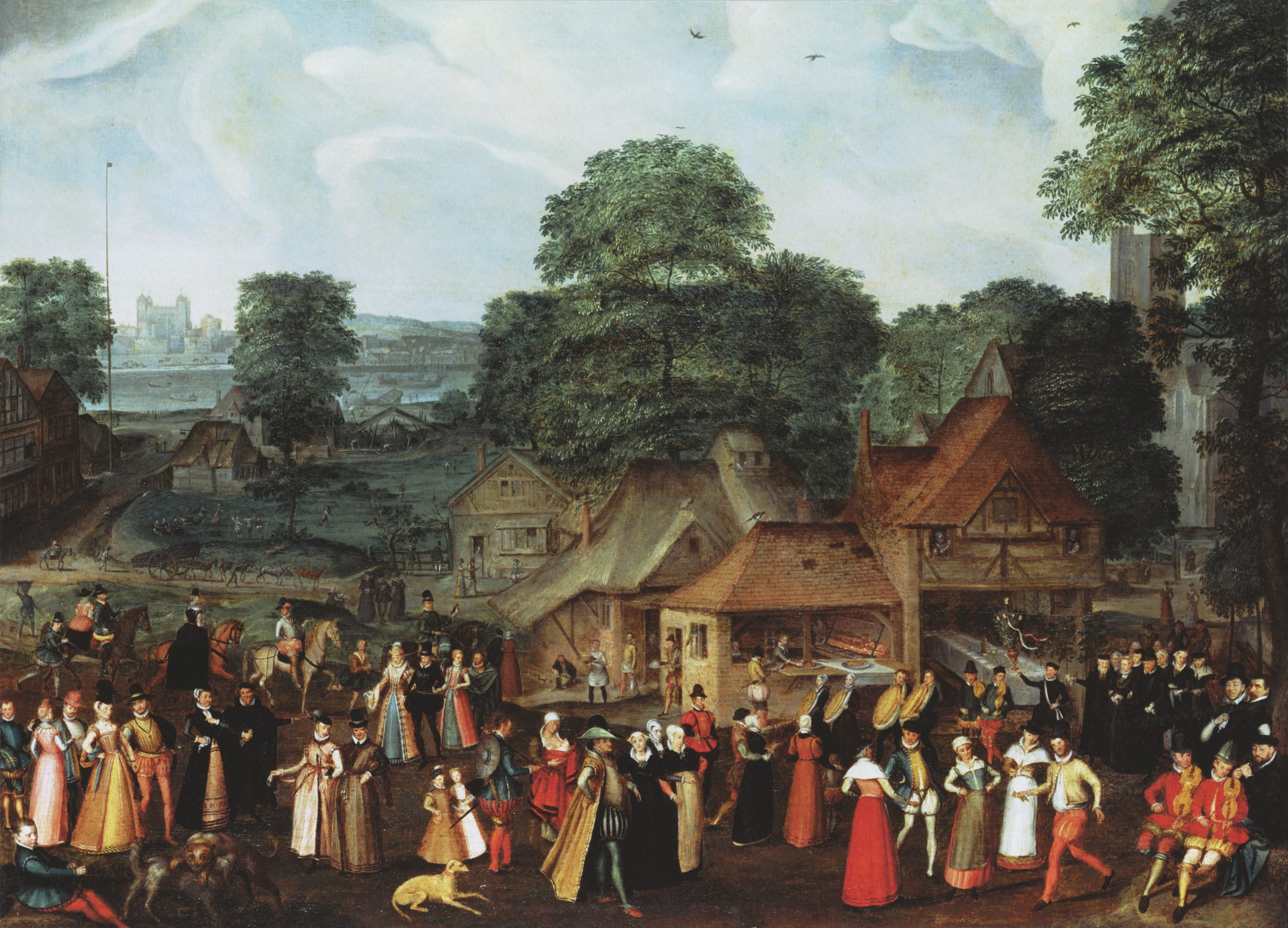QUESTION: What sense do you get of what life was like in Elizabethan England? Try to include information on: The population, entertainment, religion, superstition, money, jobs, medicine, theatre.
Elizabethan England was led by Queen Elizabeth 1st
and dominated by the rich and therefore powerful, however the majority of English
were not part of the rich and many were poor and faced constant hardships, the
poor that lives in the country lived in dark thatched cottages that were filled
with smoke from the fire as they couldn’t afford candles, they were also
cramped with often 7 or 8 people residing in one cottage sleeping on the floor
or if they were lucky thin straw mattresses. The rooms were cold as the windows
were not glazed and ‘their flesh was eaten with vermin’. If you lived in the
country you were either a yeoman ( a land owner) a husbandman or a labourer. They spent the majority of their days outside
and labours worked from dawn to sunset for four pence a day, this money could
cover basic food supplies however you would not be able to pay for rent or any
other nessecitys. Life was hard as a poor person in Elizabethan England, the
famine of 1597 was the worst years and as such the law was passed for taxes so
the poorest could feed themselves.
London was the main city in England and many travellers came
to London. There was a shortage of space however so they had to build timber
houses often 7 stories high. The main attractions were Tower Bridge and the
tower of London which were impressive and grand, another attraction was the
globe theatre. In 1599 a third often middle class would visit the globe to see
one of Shakespeare’s plays once a month.
There was an audience of 2000 for each performance.
 |
| A village of Elizabethan England |
In the towns there were markets that sold all the supplies
to the people. There would be a market day in which the population of the town
would double however at night the towns were a dangerous place to be, crimes
were high with half the population under 22, people were more hot-headed due to
lack of life experience. Penalties for
crime was harsh with death as the main punishment, hanging at the gallows was
most common and was used for entertainment to the public.
Death and disease was common in Elizabethan England. Most children
have lost one parent by the time they are an adult and most adult’s loose half
of their children. On average out of 63 babies baptised 43 will be buried. In 1563
17000 Londoners die of the plague carried by rats attracted to the poor
sanitation in the city. The plague was a
death sentence in the Elizabethan era with some digging their own graves and
laying in them, physicians tried to sell medicines to cure disease however most
were just a mix of herbs which would do nothing to help.
To the rich however sanitation was important, they used
rainwater to clean their bodies and changed their clothes daily. They kept
their breath fresh with aniseed and sulphuric acid.
Elizabeth 1st was a protestant women, there was
many Catholics in England that plotted against her as they didn’t want a
protestant leader, these plotters when caught could be punished by any
means but were generally hung drawn and quartered.
| Queen Elizabeth 1st wearing latest fashions |
Fashion was also important during the Elizabethan times as
it showed your status, only the rich wore colours such as red and velvets. They
wore ruffs around their necks to show wealth, fashion was constantly changing
with fashion dolls being sent from Europe, fashion became more lavish throughout
the era which displeased puritans.
Overall you get a sense that Elizabethan England was much
divided. On one hand there was the very rich and noble who could afford many
new luxuries such as sugar and horse drawn carriages and then there were the
poor who lived on bread and milk and walked everywhere. There was the Catholics
and Protestants who disliked each other, there was also a sense of development
and change in the Elizabethan era with theatre and new fashions and also danger with the plauge and so called 'witches'
No comments:
Post a Comment